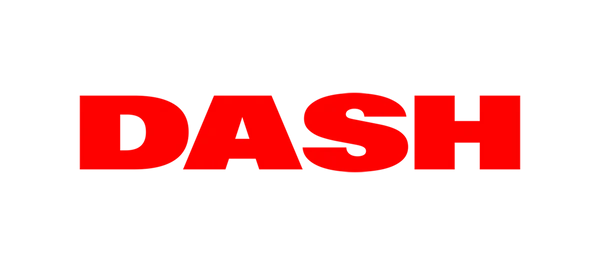Photos by Eda Temucin
The Meetup evening was dedicated to the topic of hybrid publishing – so it was very fitting that we collaborated with the DASH bookshop and publishing house in Frankfurt.
The evening opened with a keynote speech by Julien Taquet, who we had invited from France specifically because he played a key role in the development of the open source framework “paged.js”, which can be used to design print products using code.
To show the breadth of hybrid publishing, ten other designers were also invited to give brief insights into their hybrid publications. This demonstrated a huge range of approaches and tools:
First, Paul Eßer, Lars Hembacher and Joanna Greiner presented their work “Hybrid Publishing Systems”. Created as part of a course at Mainz University of Applied Sciences, this publication combines the projects, essays, research and a glossary as a dynamic website, the contents of which can be printed in full or as a publication in parts.
Rebecca Herold then spoke about “Digital Artifacts”, a hybrid web archive about glitch art that makes digital art digitally explorable and at the same time offers the opportunity to create your own analog publication.
Hannah Gmeiner then presented her bachelor’s thesis “Permacomputing as a practice for digital Graphic Design”, in which she used various experiments to investigate how permacomputing principles can be applied in digital graphic design. As a web-to-print publication, it shows the possibilities of environmentally conscious design in an equally sustainable publication framework.
Anna-Lena Oehm then showed “Gathering Softly”, a digital collection of collections that explores the archiving of web content and its impact on web-based design, exploring web-to-print practice as an archiving method.
Lars Hembacher, Paul Eßer and Jean Böhm presented their KiTeGG publication, which Paul had already introduced in his impromptu talk at the previous Meetup. They gave in-depth insights into the collaborative creation process of the hybrid publication, as well as the use of AI as a central component of the research project and the publication design.
Francesco Scheffczyk spoke about his hybrid publication “Creative Pattern Recognition”, in which the intersection of artificial intelligence and creative practices is examined through interviews, reflections and analyses. Using a chat interface, the content as well as opportunities, challenges and ethical aspects of the creative process can be explored intuitively.
The web-to-print publication “Anti-Environments” by Luis Borchardt explores alternative design processes and unconventional digital tools to challenge established norms and encourage creative approaches, and has itself been unusually implemented using Google Sheets.
Finally, Clemens Hornemann presented “3* !”, a completely different kind of hybrid publication. The performance scorebook contains 99 conceptual, written artworks and explores the relationship between analog and digital space. The content is distributed digitally in comment columns on various websites and linked to the analog archive with QR codes.
As always, we ended the evening together. Over soup and drinks, the visitors had in-depth conversations about their working methods and challenges, shared project details and got to know each other better.
3 moderators
11 contributors
60 community members
meetup #17
delicious soup
Contributors

Julien Taquet
pagedjs.orgJulien is part of Coko and currently involved in developing the paged.js framework. He is also a book production expert having honed his skills with CSS book production in rapid production environments like Book Sprints. He now is focused on building community around Paged.js and bringing his skills to educate the growing community fo designers wanting to migrate to CSS book design.
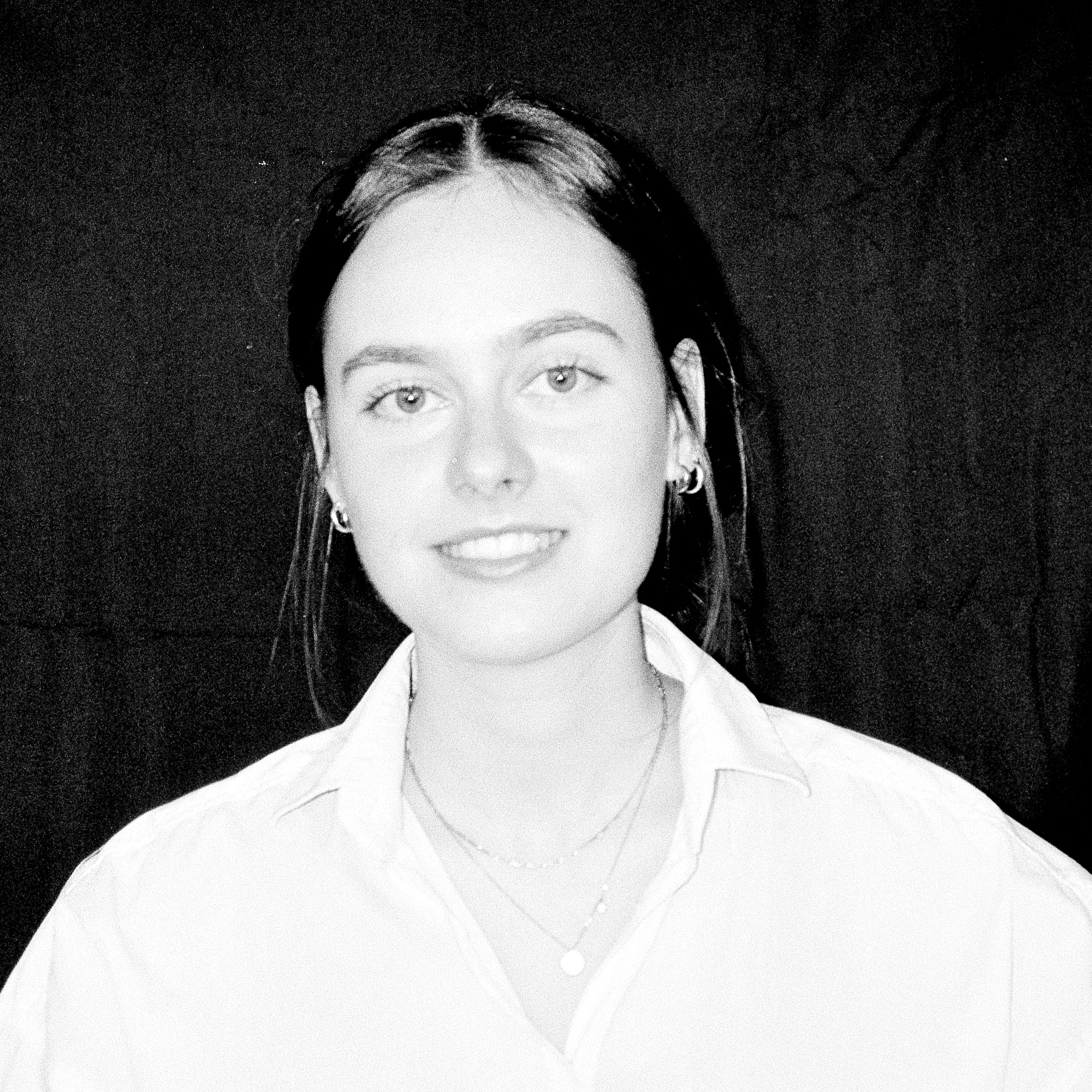
Hannah Gmeiner
Mainz, Germany
Communication designer, studied at University of Applied Sciences Mainz.
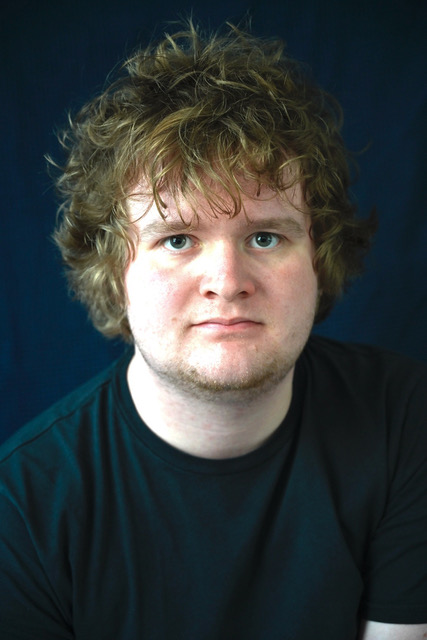
Paul Eßer
Linz, Austria
paul-esser.comPaul is a designer and creative technologist. He has a Bachelors in communication design from the University of Applied Sciences Mainz. In his work his main focuses are generative ai models as design tools and the use of web technologies in hybrid publishing. He held workshops on ai type design at the University of Applied Sciences Tier, the Dutch Design Week and at the University of Applied Sciences Mainz. At the KITeGG project he works as a research assistent on the web to print unlearn publication.
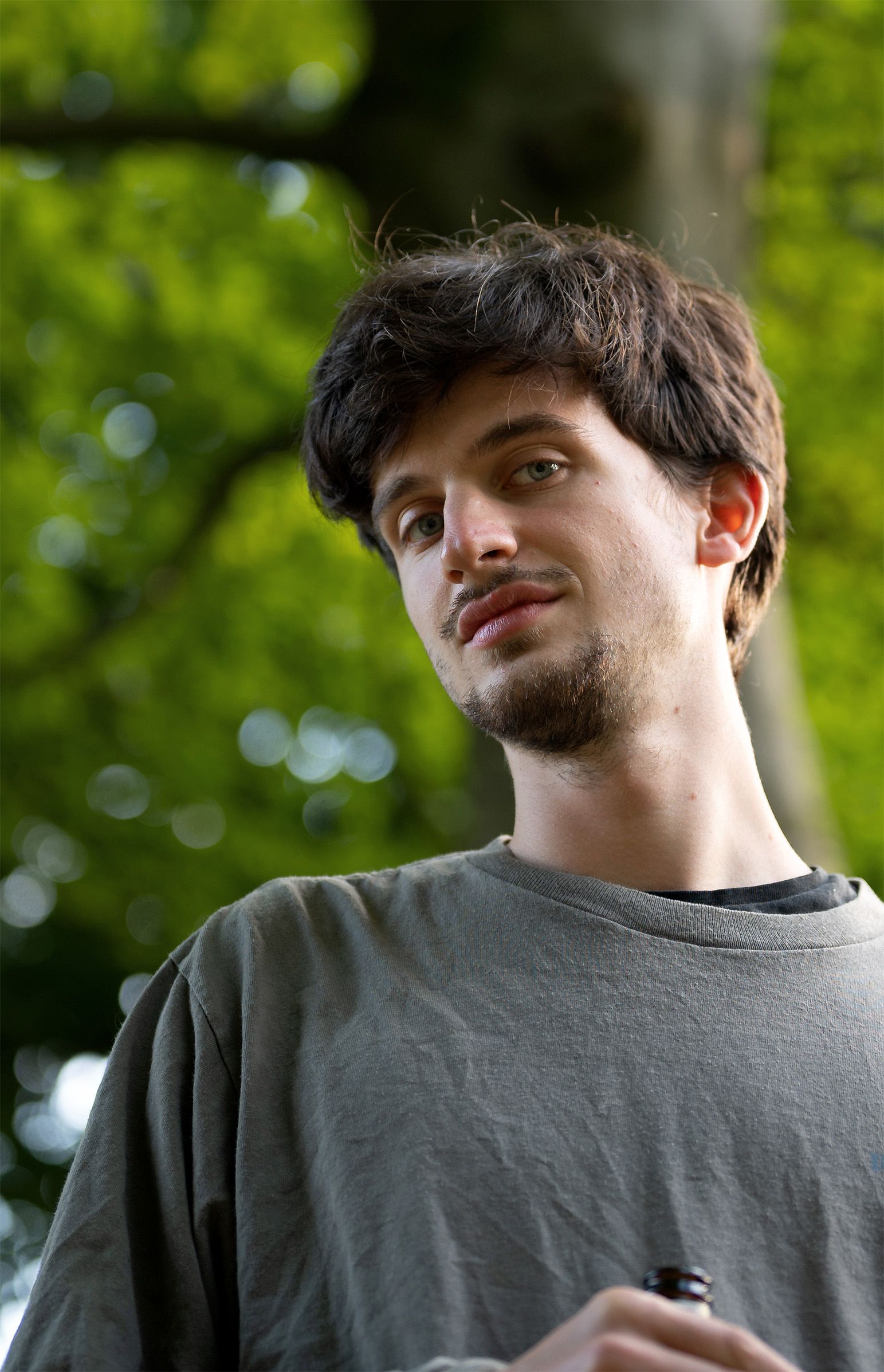
Francesco Scheffczyk
francesco-scheffczyk.deFrancesco Scheffczyk (he/him) studies Digital Media at the University of the Arts Bremen and works as a design researcher for the joint research project KITeGG.
Combining graphic design and coding, Francesco explores the inner workings of technology and its profound impact on the world. His practice revolves around design research, with a particular focus on generative AI systems. Through his work, he seeks to democratise AI systems and translate their complex hidden mechanisms into accessible graphic works.
He shares his work through exhibitions, workshops, publications, and online at francesco-scheffczyk.de.
Anna-Lena Oehm
Mainz, Germany
www.annalenaoehm.comAnna-Lena Oehm studies Communication Design at Mainz University of Applied Sciences. Currently she is working as a student assistant for the project “Arbeitsgruppe für außergewöhnliche Ein- und Ausgabemedien”
Joanna Greiner
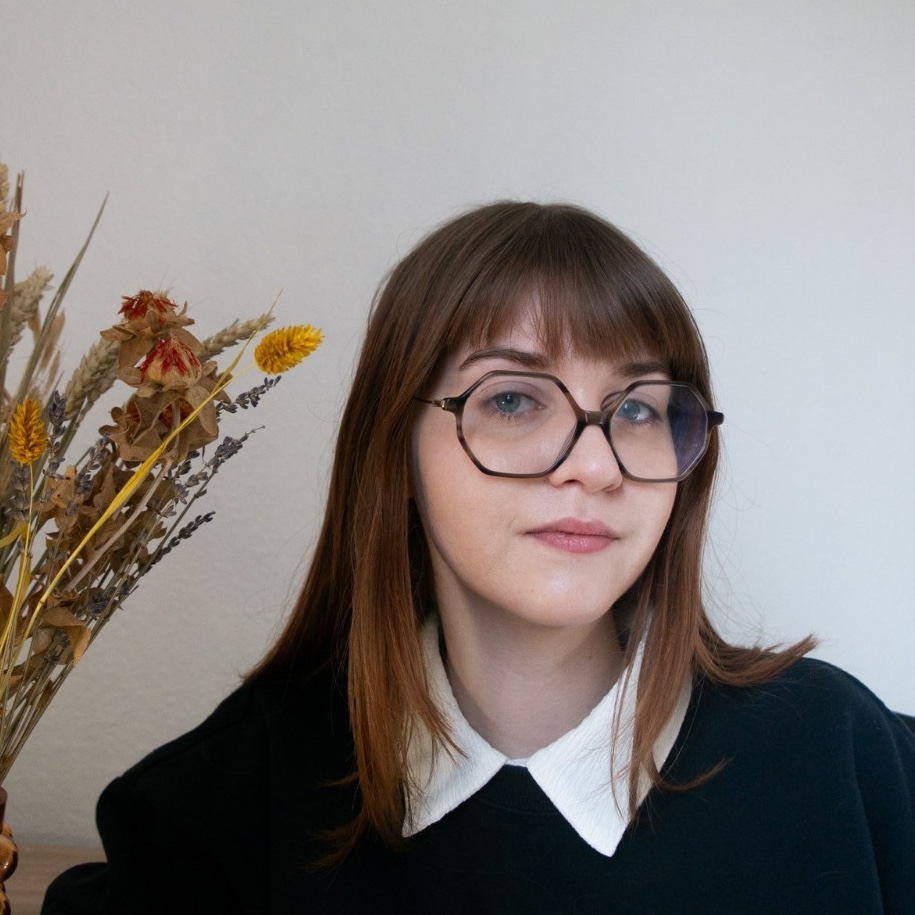
Rebecca Herold
rebeccaherold.deRebecca Herold is a communication designer who studied at University of Applied Sciences Mainz with a focus on digital media. She is currently working as a UX/UI designer in a project at Trier University of Applied Sciences.
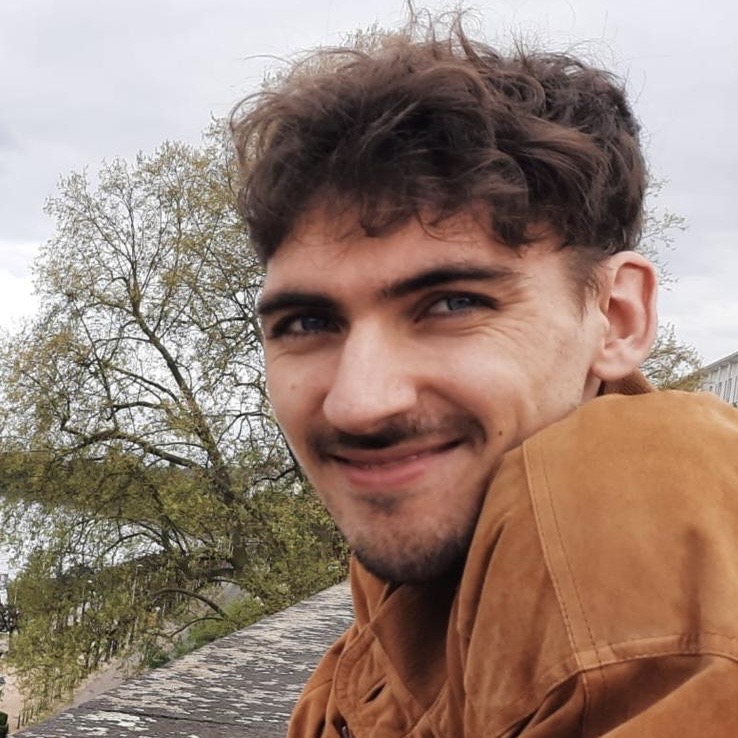
Lars Hembacher
larshembacher.deLars studies at the Intermediale Gestaltung class at Burg Halle. His work is mostly situated within the digital domain, with a focus on digital culture and experimental interactions, producing digital as well as analogue formats.
Jean Böhm
Mainz, Germany
Clemens Hornemann
Luis Borchardt
Berlin
Communication designer, studied at University of Applied Sciences Mainz.
Funding
The project is funded in the program “Promotion of Cultural and Creative Industries Institutions” by the Hessian Ministry of Economy, Energy, Transport and Housing.

In collaboration with














